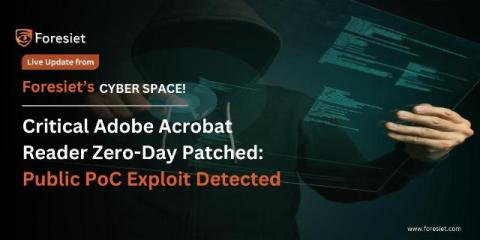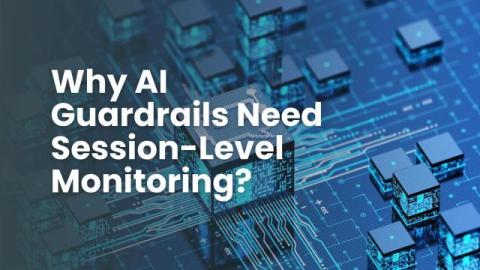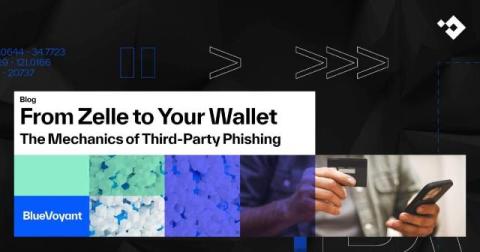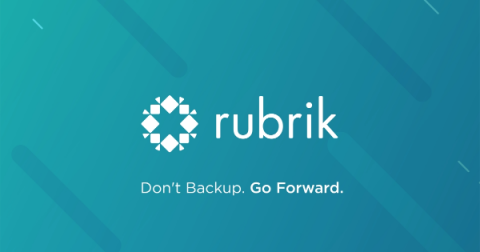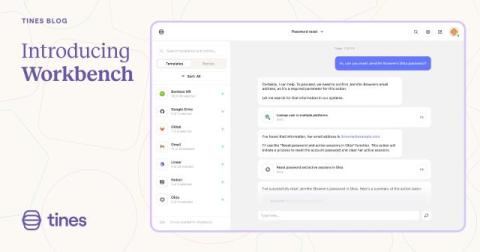Critical Adobe Acrobat Reader Zero-Day Patched: Public PoC Exploit Detected
Adobe has recently addressed a critical vulnerability in its Acrobat Reader software, urging users to update immediately. The flaw, tracked as CVE-2024-41869, is a "use after free" vulnerability, which could allow attackers to execute malicious code remotely through specially crafted PDF files. This article explores the nature of this exploit, its discovery, and the urgency behind updating to the latest version.


